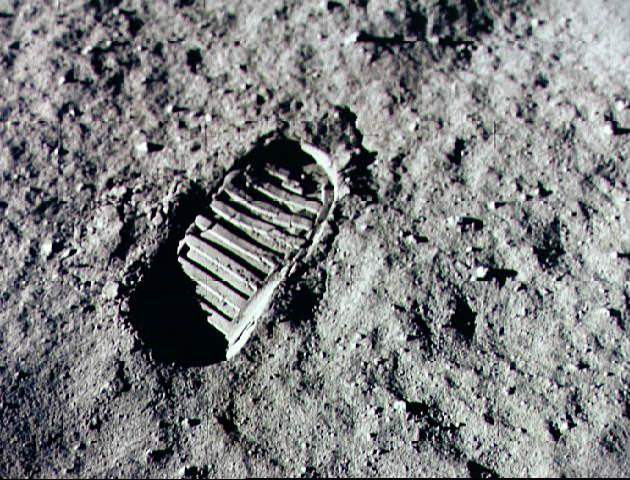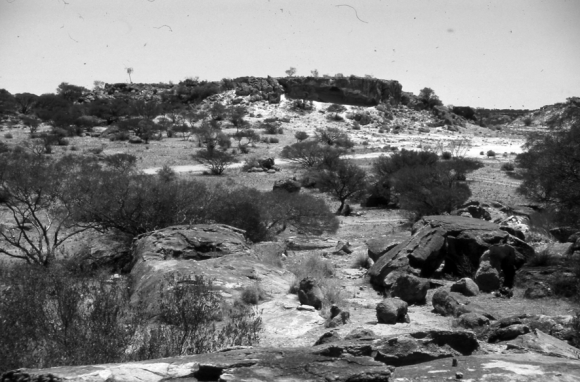The moment that the Apollo-11 mission touched down on the Moon, followed by Neil Armstrong‘s famous words – “That’s one small step for [a] man, one giant leap for mankind” – is one of the most iconic moments in history. The culmination of years of hard work and sacrifice, it was an achievement that forever established humanity as a space-faring species.
And in the year’s that followed, several more spacecraft and astronauts landed on the Moon. But before, during and after these missions, a number of other “lunar landings” were accomplished as well. Aside from astronauts, a number of robotic missions were mounted which were milestones in themselves. So exactly what were the earliest lunar landings?
Robotic Missions:
The first missions to the Moon consisted of probes and landers, the purpose of which was to study the lunar surface and determine where crewed missions might land. This took place during the 1950s where both the Soviet Space program and NASA sent landers to the Moon as part of their Luna and Pioneer programs.
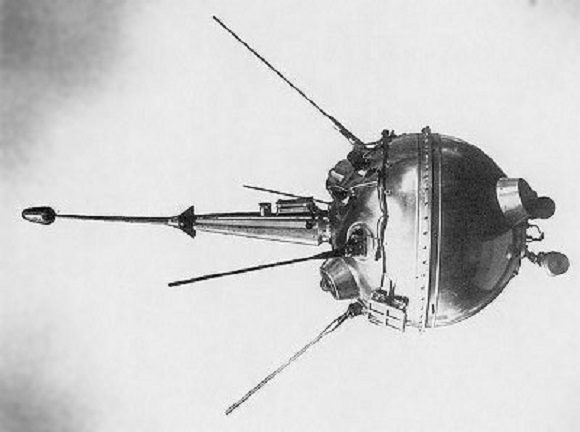
After several attempts on both sides, the Soviets managed to achieve a successful lunar landing on Sept. 14th, 1959 with their Luna-2 spacecraft. After flying directly to the Moon for 36 hours, the spacecraft achieved a hard landing (i.e. crashed) on the surface west of the Mare Serenitatis – near the craters Aristides, Archimedes, and Autolycus.
The primary objective of the probe was to help confirm the discovery of the solar wind, turned up by the Luna-1 mission. However, with this crash landing, it became the first man-made object to touch down on the Moon. Upon impact, it scattered a series of Soviet emblems and ribbons that had been assembled into spheres, and which broke apart upon hitting the surface.
The next craft to make a lunar landing was the Soviet Luna-3 probe, almost a month after Luna-2 did. However, unlike its predecessor, the Luna-3 probe was equipped with a camera and managed to send back the first images of the far side of the Moon.
The first US spacecraft to impact the Moon was the Ranger-7 probe, which crashed into the Moon on July 31st, 1964. This came after a string of failures with previous spacecraft in the Pioneer and Ranger line of robotic spacecraft. Prior to impact, it too transmitted back photographs of the Lunar surface.
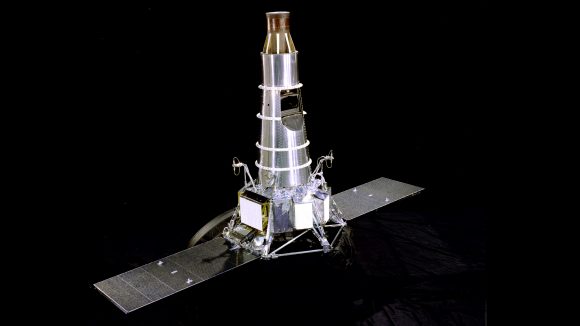
This was followed by the Ranger-8 lander, which impacted the surface of the Moon on Feb. 20th, 1965. The spacecraft took 7,000 high-resolution images of the Moon before crashing onto the surface, just 24 km from the Sea of Tranquility, which NASA had been surveying for the sake of their future Apollo missions. These images, which yielded details about the local terrain, helped to pave the way for crewed missions.
The first spacecraft to make a soft landing on the Moon was the Soviet Luna-9 mission, on February 3rd, 1966. This was accomplished through the use of an airbag system that allowed the probe to survive hitting the surface at a speed of 50 km/hour. It also became the first spacecraft to transmit photographic data back to Earth from the surface of another celestial body.
The first truly soft landing was made by the US with the Surveyor-1 spacecraft, which touched down on the surface of the Moon on June 2nd, 1966. After landing in the Ocean of Storms, the probe transmitted data back to Earth that would also prove useful for the eventual Apollo missions.
Several more Surveyor missions and one more Luna mission landed on the Moon before crewed mission began, as part of NASA’s Apollo program.
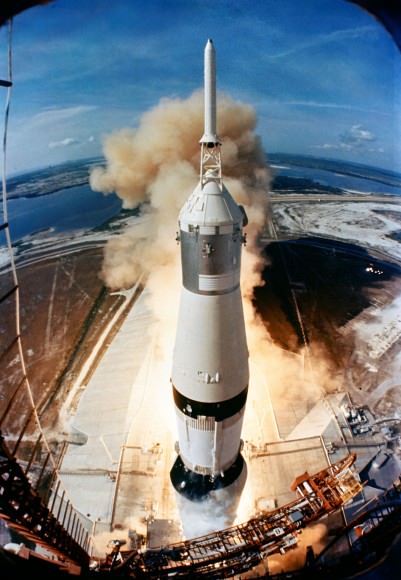
Crewed Missions:
The first crewed landing on the Moon was none other than the historic Apollo-11 mission, which touched down on the lunar surface on July 20th, 1969. After achieving orbit around the Moon in their Command Module (aka. the Columbia module), Neil Armstrong and Buzz Aldrin rode the Lunar Excursion (Eagle) Module down to the surface of the Moon.
Once they had landed, Armstrong radioed to Mission Control and announced their arrival by saying: “Houston, Tranquility Base here. The Eagle has landed.” Once the crew had gone through their checklist and depressurized the cabin, the Eagles’ hatch was opened and Armstrong began walking down the ladder to the Lunar surface first.
When he reached the bottom of the ladder, Armstrong said: “I’m going to step off the LEM now” (referring to the Lunar Excursion Module). He then turned and set his left boot on the surface of the Moon at 2:56 UTC July 21st, 1969, and spoke the famous words “That’s one small step for [a] man, one giant leap for mankind.”
About 20 minutes after the first step, Aldrin joined Armstrong on the surface and became the second human to set foot on the Moon. The two then unveiled a plaque commemorating their flight, set up the Early Apollo Scientific Experiment Package, and planted the flag of the United States before blasting off in the Lunar Module.
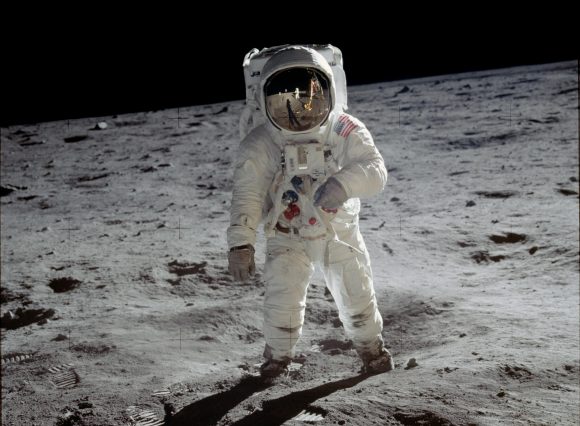
Several more Apollo missions followed which expanded on the accomplishments of the Apollo-11 crew. The US and NASA would remain the only nation and space agency to successfully land astronauts on the Moon, an accomplishment that has not been matched to this day.
Today, multiple space agencies (and even private companies) are contemplating returning to the Moon. Between NASA, the European Space Agency (ESA), the Russian Space Agency (Roscosmos), and the Chinese National Space Administration (CNSA), there are several plans for crewed missions, and even the construction of permanent bases on the Moon.
We have written many great articles about the Moon here at Universe Today. Here’s Who Were the First Men on the Moon?, How Many People Have Walked on the Moon?, How Do We Know the Moon Landing Isn’t Fake?, Where Were You When Apollo 11 Landed on the Moon?, What Does The Apollo 11 Moon Landing Site Look Like Today?
Want more information about the Moon? Here’s NASA’s Lunar and Planetary Science page. And here’s NASA’s Solar System Exploration Guide.
You can listen to a very interesting podcast about the formation of the Moon from Astronomy Cast, Episode 17: Where Did the Moon Come From?
Sources:


